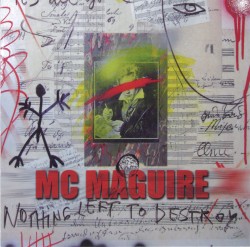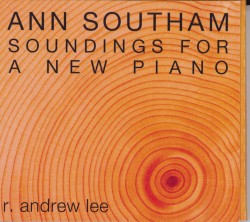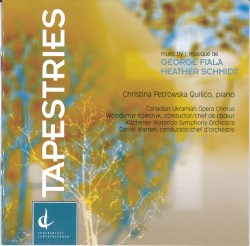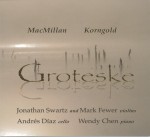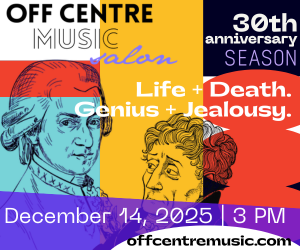From Here On Out - Kitchener-Waterloo Symphony Orchestra; Edwin Outwater
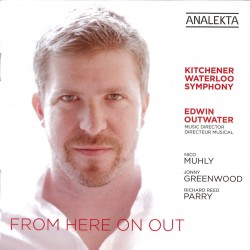 From Here On Out
From Here On Out
Kitchener-Waterloo Symphony Orchestra; Edwin Outwater
Analekta AN 2 9992
These are challenging times for the classical music recording industry and it’s rare that a smaller label will produce a CD of music by three relatively unknown composers. Yet that’s just what Analekta has done on this disc titled “From Here on Out,” featuring music by Nico Muhly, Jonny Greenwood, and Richard Reed Parry, performed by the Kitchener-Waterloo Symphony under the direction of Edwin Outwater.
The piece From Here on Out by American-born composer Nico Muhly came about as the result of collaboration with the French dancer and choreographer Benjamin Millepied whose love of Bach and love of repeated notes both played a part in the creative process. The result was music decidedly neo-classical in sprit, with quirky, energetic rhythms contrasting with long expansive lines.
In total contrast is Popcorn Superhet Receiver written by Radiohead guitarist Jonny Greenwood. Despite Greenwood’s rock background, his compositional style here is decidedly contemporary, in this case involving glissando strings, microtonal clusters and the use of an Ondes Martenot. The Kitchener-Waterloo Symphony has no difficulties in mastering the textural and rhythmic complexities of the score, proof indeed that this ensemble is equally at home with 21st century music as it is with more traditional repertoire.
The most intriguing music in this collection is undoubtedly Arcade Fire multi-instrumentalist Richard Reed Parry’s For Heart, Breath and Orchestra, a musical depiction of the heart and breath rates of the human body. The piece was especially commissioned by the K-WSO, and rounds out an intriguing CD of music you probably won’t hear elsewhere. Kudos to both the Kitchener-Waterloo Symphony and Analekta for pushing the envelope!



